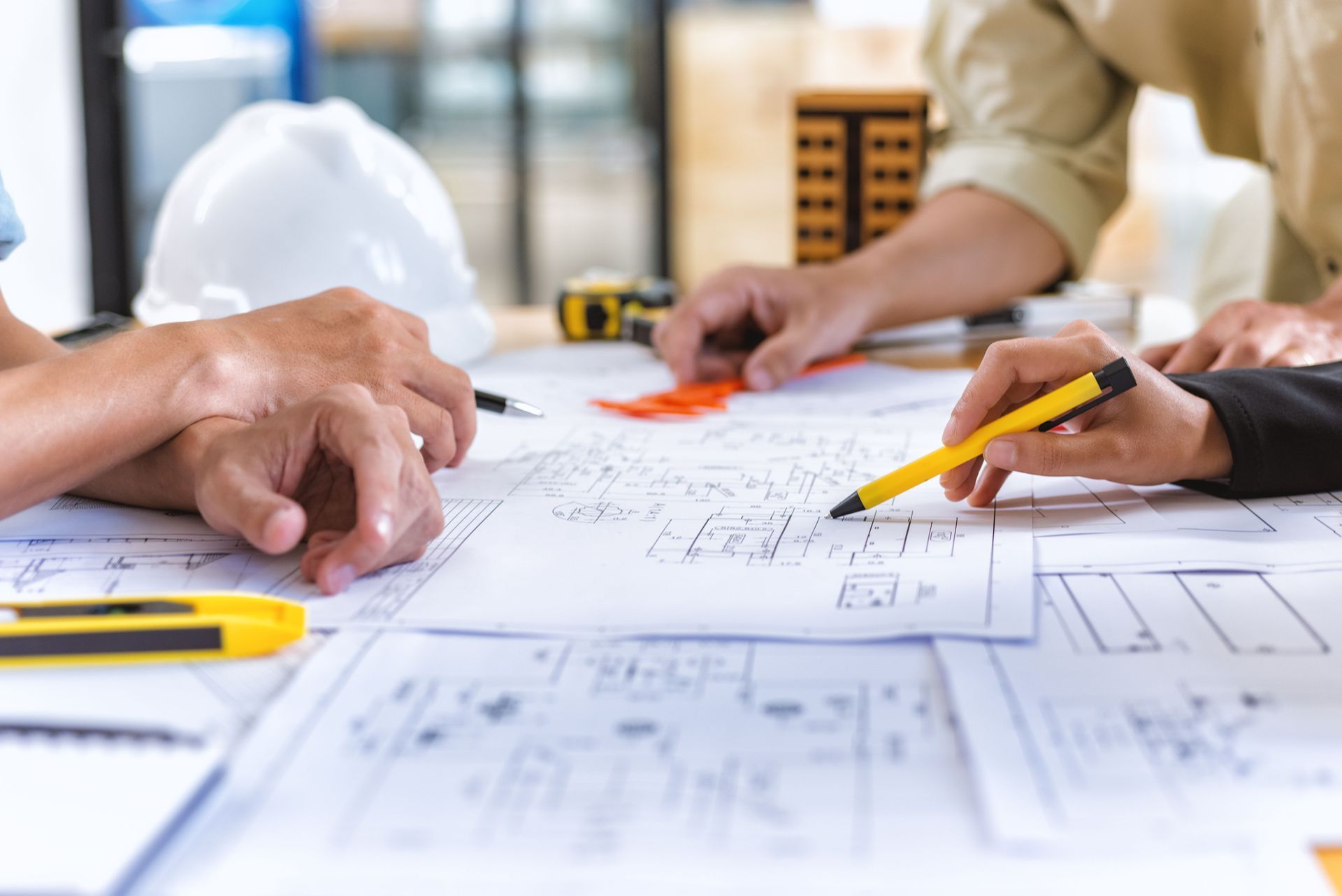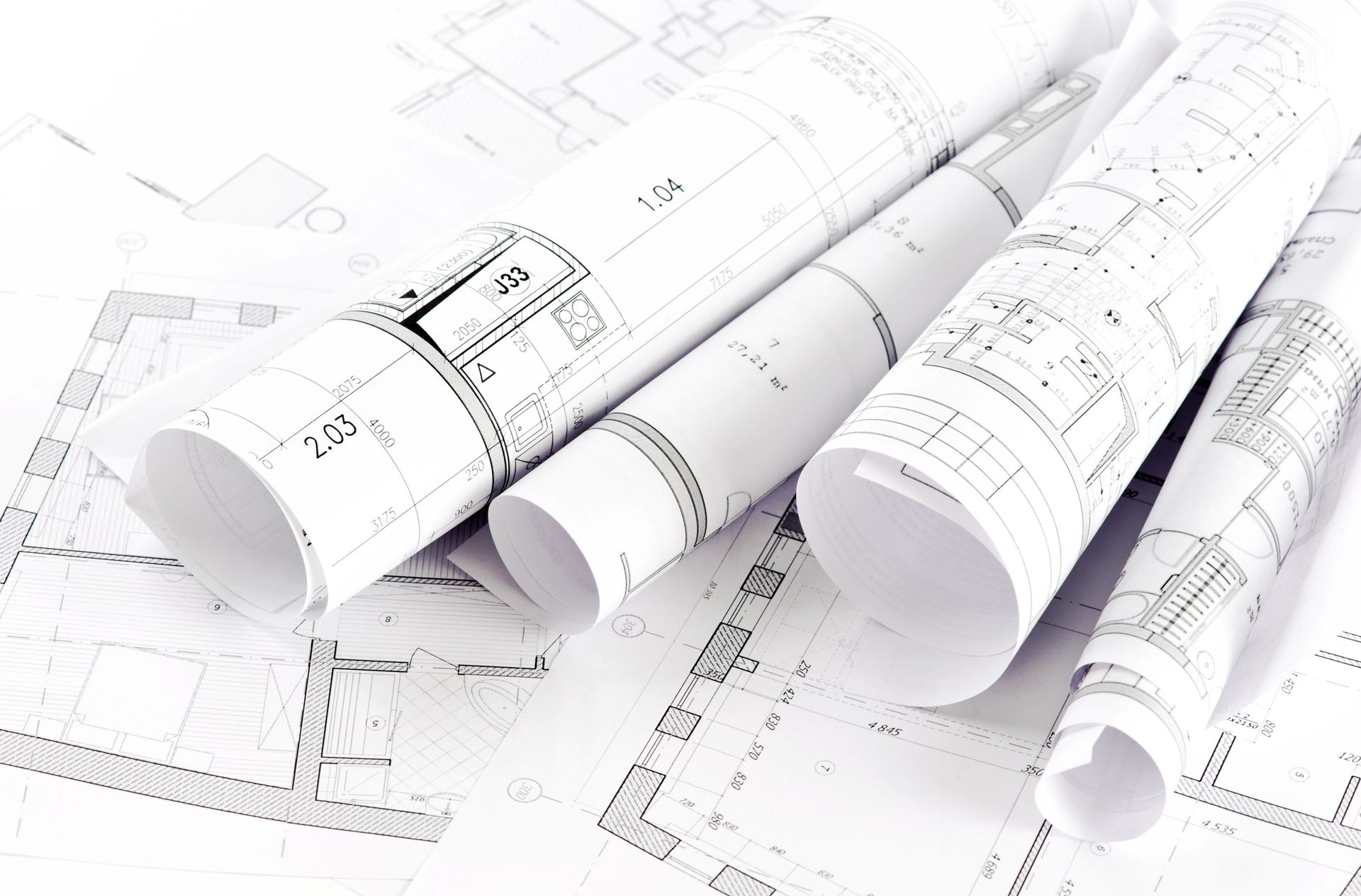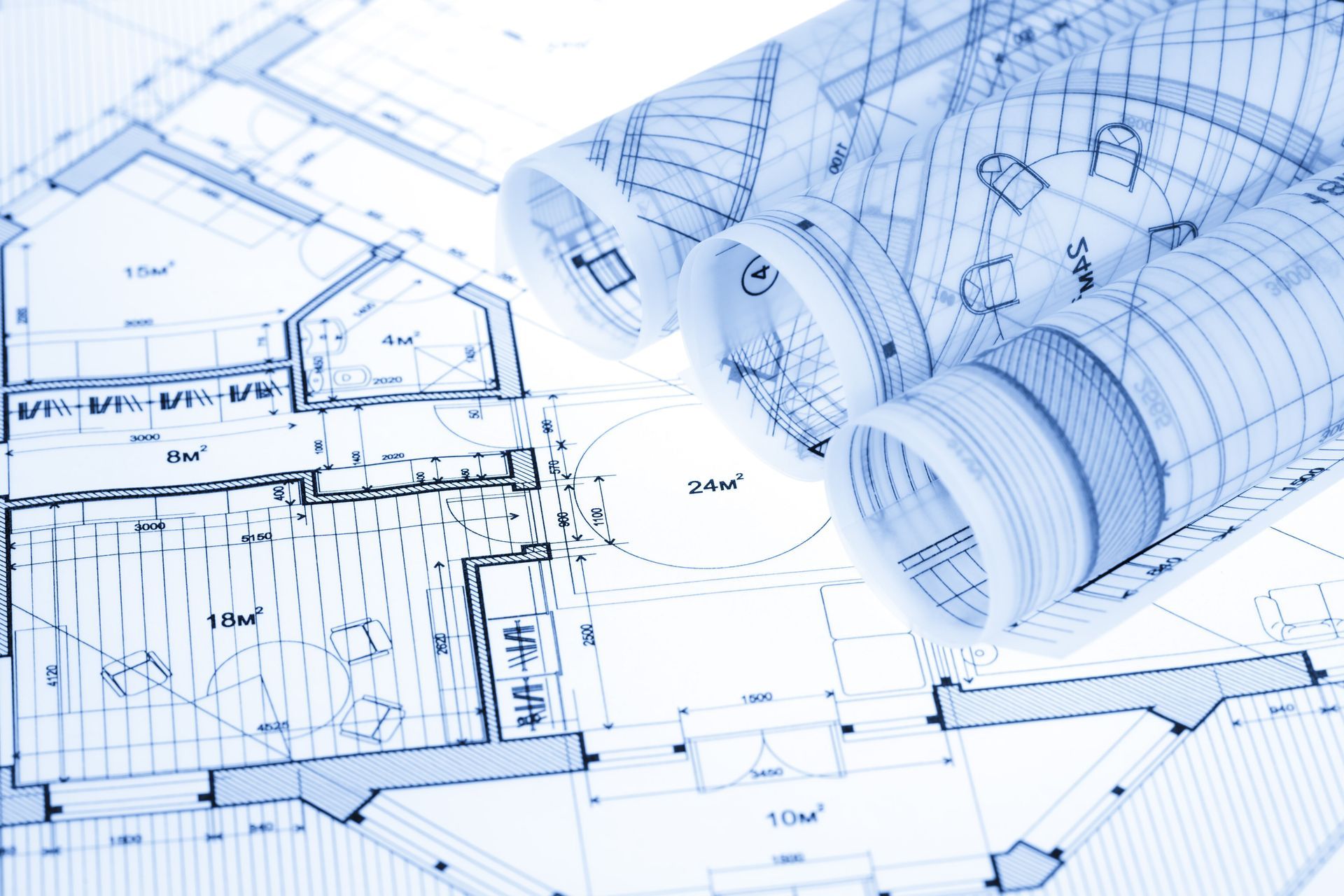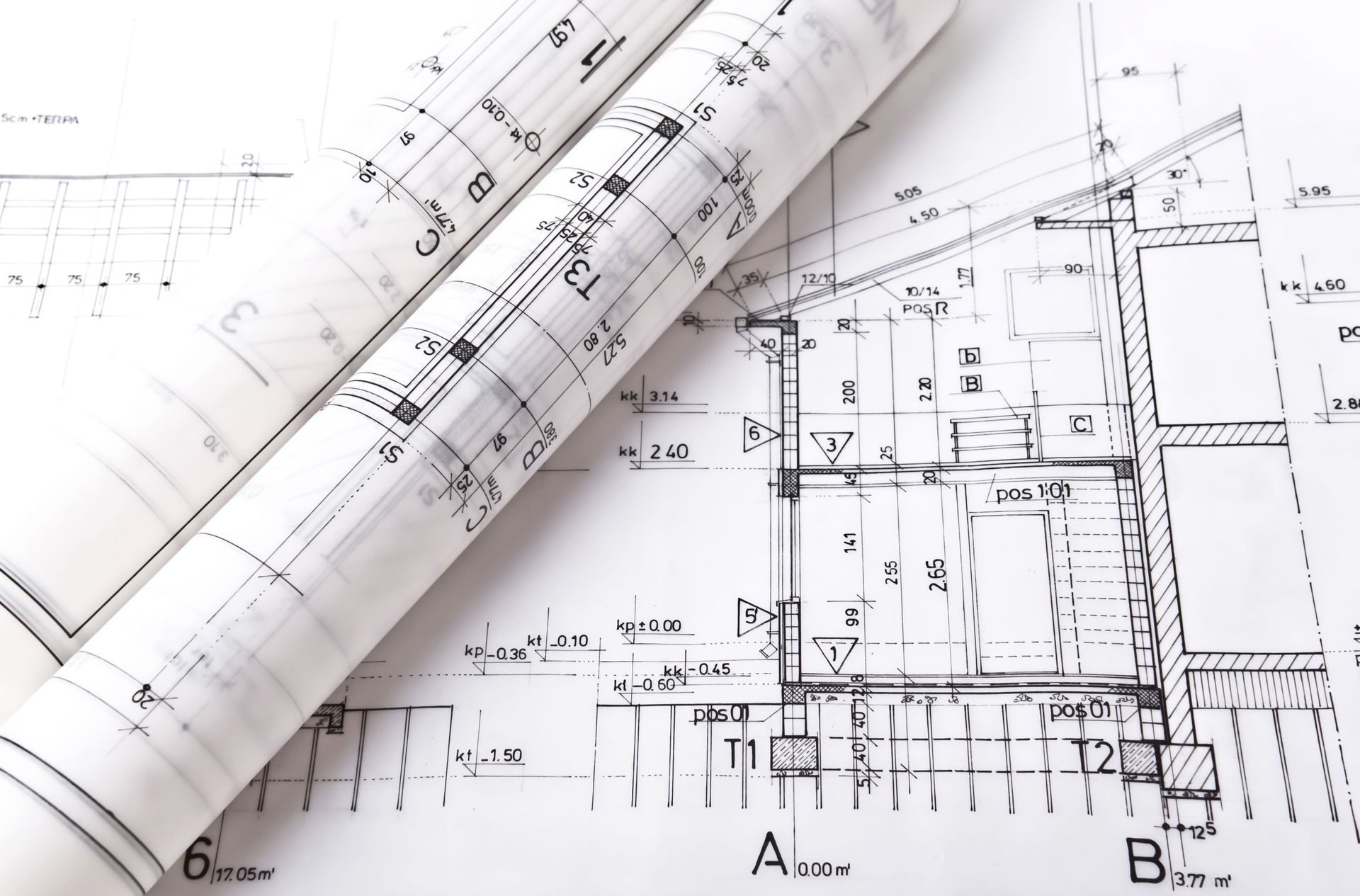Structural Engineers to Rely on BIM-IoT Integration by 2025
The integration of Building Information Modeling (BIM) and the Internet of Things (IoT) is poised to revolutionize the field of structural engineering. As advancements in technology continue to progress at a rapid pace, the reliance on these integrated systems is expected to grow significantly by 2025. This article explores how the combined capabilities of BIM and IoT are shaping the future of structural engineering, with an emphasis on the transformative changes expected in the approaching years.
Structural engineers are increasingly recognizing the importance of leveraging digital technologies to improve accuracy, efficiency, and sustainability in their projects. The combination of BIM's digital representation of physical and functional characteristics with IoT's connectivity and data sharing capabilities offers incredible potential for the industry. As we delve deeper into this topic, we will discuss how these technologies are not only interconnected but are evolving to meet the challenges of modern engineering.
By examining current trends and future predictions, we aim to provide insights into the growing reliance on BIM-IoT integration. This context serves as a backdrop for understanding how structural engineers are preparing to embrace these innovations. Additionally, we'll explore the strategies needed to maximize the benefits of this integration and the possible hurdles that must be overcome to achieve full implementation by 2025.
How Structural Engineers Define BIM and IoT
Building Information Modeling (BIM) is a digital representation process that facilitates the modeling of a building's physical and functional characteristics. At its core, BIM provides a shared knowledge resource for information about a facility, forming a reliable basis for decisions throughout its lifecycle. By enabling comprehensive planning and visualization, BIM enhances collaboration and communication among stakeholders. Structural engineers find BIM invaluable for detecting design conflicts, optimizing resource use, and ensuring compliance with regulatory standards. This forward-looking approach minimizes risks while maximizing project efficiency.
The Internet of Things (IoT) represents a network of interconnected devices that collect and exchange data. Within structural engineering, IoT is applied in areas such as predictive maintenance, structural health monitoring, and energy optimization. Connected sensors embedded in infrastructure allow engineers to access real-time performance data, which can be continuously analyzed and integrated into BIM platforms. This dynamic feedback loop supports decision-making and helps structural engineers achieve a balance between safety, sustainability, and cost-effectiveness.
Why Structural Engineers Value BIM-IoT Synergy
The real strength of BIM-IoT integration lies in the synergy between advanced digital modeling and real-time data collection. This combination transforms how engineers visualize, manage, and sustain infrastructure throughout its lifecycle. Structural engineers benefit from a consistent flow of information that keeps digital models aligned with physical conditions on the ground. With this capability, they can proactively manage assets, conduct predictive maintenance, and reduce costly downtime.
For example, IoT sensors can measure vibrations, stress loads, and environmental conditions in real time. That data, when fed into BIM models, provides a living, breathing digital twin of the structure. This allows structural engineers to make adjustments before small problems escalate, creating a safer and more efficient process. According to ASC Technology Solutions, by 2025 the integration of BIM and IoT will give engineers and city planners tools to design infrastructure that adapts to environmental demands and energy needs, pushing the industry toward smarter and greener development.
How Structural Engineers Leverage Technological Advances
Rapid advancements in data analytics, connectivity, and computational power are driving the seamless integration of BIM and IoT. Artificial intelligence and machine learning enhance the analysis of complex data sets, while cloud computing enables scalable and secure data storage. Structural engineers use these tools to gain sharper insights into system performance and streamline workflows.
Technologies such as augmented reality (AR) and virtual reality (VR) are also reshaping how projects are designed and reviewed. By overlaying BIM models with IoT-driven real-time data, engineers can conduct immersive walkthroughs of structures, test different scenarios, and visualize the potential effects of environmental changes. This innovation leads to faster, smarter decision-making and elevates the precision of engineering outcomes.
Where Structural Engineers Apply BIM-IoT in Practice
Several pioneering projects around the globe have demonstrated the value of BIM-IoT integration in real-world applications. For example, smart stadium projects equipped with IoT sensors have leveraged BIM models to optimize energy use, improve crowd management, and enhance safety. Structural engineers in these projects were able to use continuous feedback to fine-tune operations and extend the lifecycle of critical infrastructure.
Urban development projects, including those in Singapore, have embraced BIM-IoT systems to create energy-efficient smart buildings. These projects use IoT sensors to monitor air quality, occupancy levels, and energy consumption, while BIM models adjust operations dynamically. Structural engineers leading these initiatives highlight how combining technology with engineering expertise can yield cost savings, sustainability benefits, and greater occupant satisfaction.
What Structural Engineers Report About Industry Adoption
Adoption rates of BIM-IoT integration vary across the structural engineering profession. Larger firms with greater resources are leading the way, while smaller firms sometimes hesitate due to budget constraints and technical training needs. Nonetheless, momentum continues to grow as the benefits become undeniable. Structural engineers across the industry recognize that digital transformation is no longer optional but essential for long-term competitiveness.
Educational institutions and professional organizations are collaborating with technology firms to help close skill gaps. Training programs, workshops, and partnerships are ensuring that structural engineers at all levels of expertise can adapt to and thrive with new technologies. As these efforts expand, industry-wide adoption is expected to accelerate rapidly in the next few years.
Which Success Stories Inspire Structural Engineers
Global projects highlight the transformative outcomes that BIM-IoT integration can achieve. The Thames Tideway Tunnel project in London relied heavily on real-time data from IoT devices integrated into BIM systems, improving accuracy during excavation and ensuring nearby structures remained stable. Structural engineers involved in this project reported significant cost savings and shorter timelines.
At Marina One in Singapore, IoT-enabled environmental monitoring combined with BIM modeling led to higher energy efficiency and better occupant comfort. Similarly, in Dubai, IoT sensors and BIM were used to monitor the structural health of the Burj Khalifa, ensuring its continued safety. These projects serve as benchmarks for the engineering community, showcasing how structural engineers can embrace digital solutions to meet complex challenges.
How Structural Engineers Overcome Integration Challenges
While the opportunities are immense, integration challenges do exist. Engineers often face difficulties with interoperability between different platforms, managing massive amounts of data, and ensuring cybersecurity. Smaller firms may also struggle with the initial investment required for IoT sensors and advanced software systems. These hurdles, however, are not insurmountable.
Structural engineers are addressing challenges by adopting standardized data protocols, strengthening cybersecurity measures, and engaging in collaborative partnerships with technology providers. By working collectively and focusing on skill development, they are ensuring that these challenges do not hinder innovation. The engineering community’s proactive approach highlights its resilience and adaptability in the face of technological change.
What Advantages Structural Engineers Gain from BIM-IoT
The integration of BIM and IoT offers structural engineers clear advantages in terms of accuracy, efficiency, and sustainability. Real-time monitoring enables early detection of potential structural issues, reducing costly repairs and extending the life of assets. BIM models integrated with IoT data provide an ever-evolving digital twin of infrastructure, giving engineers a precise and current view of system performance.
Additionally, these technologies enhance safety by providing ongoing insights into environmental conditions and structural health. Engineers can make faster and better-informed decisions, creating safer infrastructure for communities. The long-term benefits extend beyond individual projects, contributing to smarter cities and a more sustainable built environment. With BIM and IoT integration, structural engineers are not only solving today’s problems but also preparing for the demands of tomorrow.
Structural engineers are at the forefront of a technological transformation that will redefine the future of infrastructure. By combining the strengths of BIM and IoT, they are creating intelligent, efficient, and sustainable solutions that address both present and future challenges. The case studies, success stories, and ongoing adoption of BIM-IoT integration demonstrate that the engineering community is ready to embrace innovation. With continued advancements, training, and collaboration, structural engineers will play a pivotal role in shaping smarter and more resilient built environments for years to come. If you need quality structural engineering services, contact Jezerinac Geers and Associates, Inc. today!











Share On: